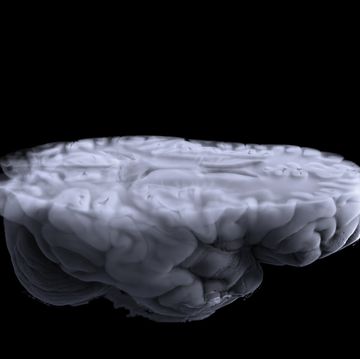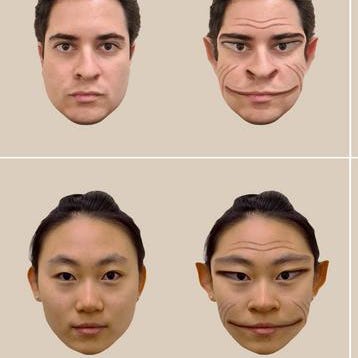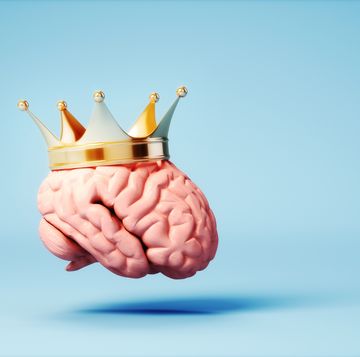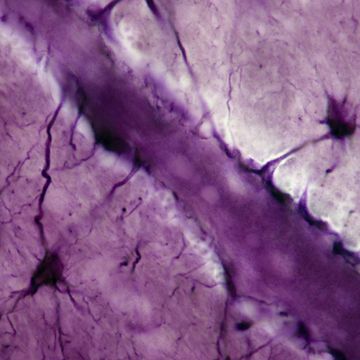A groundbreaking program has converted human skin cells into a network of functioning heart cells, and also fused them with lab-grown liver cells using a specialized 3D printer. Researchers at the Wake Forest Baptist Medical Center's Institute for Regenerative Medicine provided Popular Mechanics with both still and moving images of the cells for a fascinating first look.
"The heart organoid beats because it contains specialized cardiac cells and because those cells are receiving the correct environmental cues," says Ivy Mead, a Wake Forest graduate student and member of the research team. "We give them a special medium and keep them at the same temperature as the human body, and that makes them beat. We can also stimulate the miniature organ with electrical or chemical cues to alter the beating patterns. Also, when we grow them in three-dimensions it allows for them to interact with each other more easily, as they would in the human body."
Researchers create the heart cells, or organoids, by genetically modifying adult human skin cells into induced pluripotent stem (IPS) cells, which are then reprogrammed to produce the organoids. Each one has a diameter of about 0.25 millimeters.
Multiple organoids grow and form balls, or spheroids, which are then 3D-printed into various shapes and sizes. The ultimate goal of program is to network multiple lab-grown organs to replicate, in miniature, the function of real organs.
The project is part of a $24 million federally funded body-on-a-chip program in the lab of Anthony Atala, the leading U.S. researcher in regenerative medicine. Atala and his team have created life-size human organs, including bladders and vaginas, which have remained fully functional years after implantation.
The goal of the body-on-a-chip program, however, is quite different. After the miniaturized human system is complete, it will be used to model the body's response to contagions such as the Ebola virus or weaponized gases including sarin and ricin. The funding for this program, awarded September 2013, came through the Space and Naval Warfare Systems Center and is part of a larger effort by the U.S. Defense Threat Reduction Agency, which has a vested interest in the military and defense uses for this technology.
"Miniature lab-engineered organ-like hearts, lungs, livers, and blood vessels—linked together with a circulating blood substitute—will be used both to predict the effects of chemical and biologic agents and to test the effectiveness of potential treatments," Atala says.
Some have voiced ethical concerns about producing human organs in laboratories. The process involves the use of specialized 3D printers, which raises the specter of a future populated by machine-made humans. Atala doesn't subscribe to this sci-fi scenario, and his lab has no plans to create a full-size human heart.















